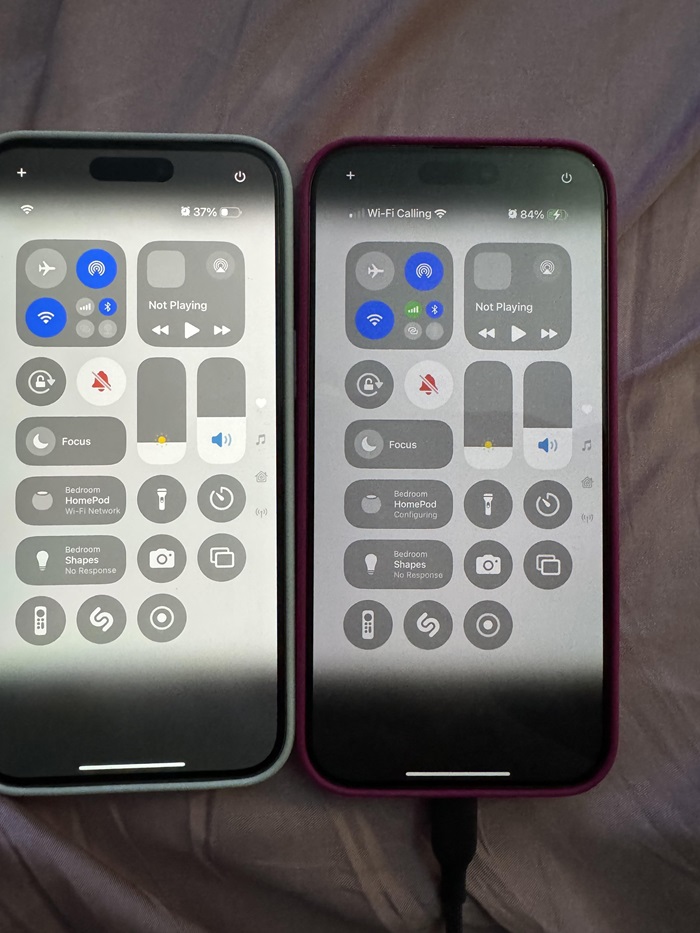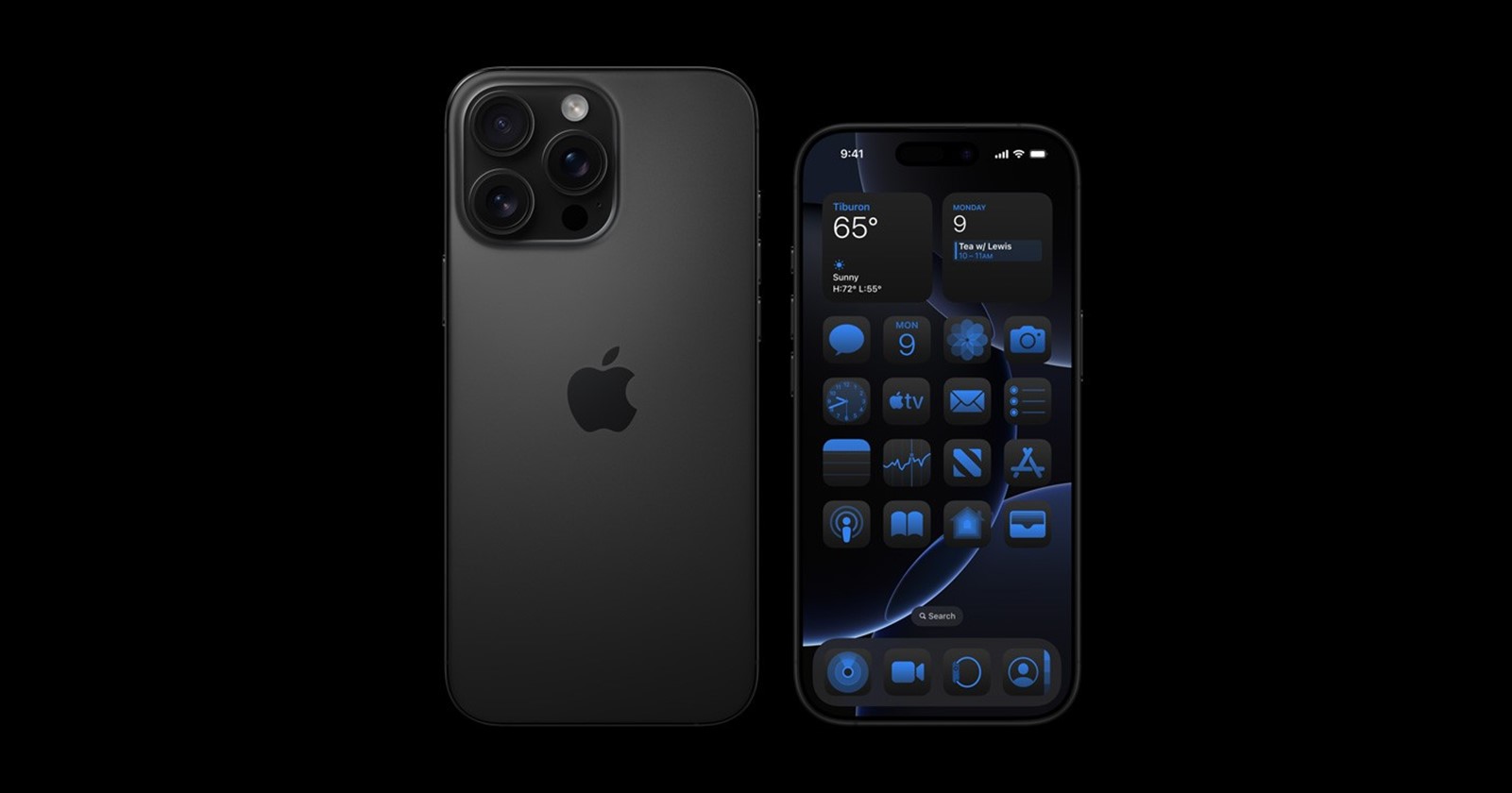Apple’s iPhone 16 Pro and Pro Max are already stirring up chatter, but not all of it is glowing. While these new gadgets are flaunting all the latest tech, some users are raising their eyebrows — and their brightness sliders — over concerns that these displays just aren’t shining as bright as expected.
One of the biggest gripes floating around is that the iPhone 16 Pro and Pro Max screens are dimmer compared to their predecessors, the iPhone 15 series. According to several users, including those who have run side-by-side comparisons, the new iPhones require higher brightness settings to match the levels of the older models. So, what gives?
Some users believe Apple might have made a deliberate tweak here. By design, the iPhone 16 Pro Max can dim to as low as 1 nit — great for night-time usage but potentially contributing to why it feels less bright at mid-range settings. While this allows for a broader range on the brightness slider, it also means you have to crank it up more to get the same pop of brightness you might be used to from the 15 series.
This might seem like a minor tweak, but it’s noticeable, especially when you’re scrolling in dim indoor lighting. Users are reporting that the 16 Pro Max’s display is consistently 80 lux less bright than the 15 Pro Max when both are maxed out indoors. So, although the phones are technically capable of reaching the same 2000-nit peak outdoors, that’s only half the story. Most of the time — especially indoors — the 16 series simply doesn’t shine as bright.

Design choice or defective display?
While some users suspect defective displays, others argue it’s a design choice, possibly an effort by Apple to tackle those pesky overheating issues that have been haunting recent iPhone releases. The company might be playing it safe, capping indoor brightness levels to keep temperatures in check, even if it means sacrificing some of that retina-searing glow we’ve grown accustomed to.
The brightness saga gets even more confusing when considering reports that the display models in Apple Stores seem noticeably brighter than the actual units sold. Some speculate these demo phones might be running special settings that push the brightness beyond the advertised maximums — perhaps to make them look more impressive under those bright store lights.
iPhone 16 PWM and health concerns
But dim displays aren’t the only problem. The iPhone 16 Pro and Pro Max screens are also catching heat for their Pulse Width Modulation (PWM) — a tech that controls brightness by rapidly switching the screen on and off, which can lead to noticeable flickering. For sensitive users, this flickering can cause headaches, eye strain, and even nausea.
This issue isn’t entirely new; OLED screens have been using PWM for a while. However, reports suggest that the 16 series’ PWM implementation might be even harsher than in previous models, with higher modulation rates that seem particularly troublesome at lower brightness levels. If you’ve been noticing eye fatigue creeping in faster than usual, you’re not alone — this is a dealbreaker for many users.
At the end of the day, the iPhone 16 Pro and Pro Max still boast impressive 2000-nit peak brightness, but Apple seems to have tightened the reins on when and where that power is unleashed. The dimmer average indoor brightness and aggressive PWM flickering hint that Apple might be prioritizing battery life and heat management over maxing out that new display all the time.
So, what’s the verdict? If you’re holding off on upgrading, you might want to test out these screens in person — and maybe bring your old iPhone along for a quick side-by-side comparison. And if you’re one of the unlucky few feeling the flicker, it might be worth exploring other models or even holding onto your older device a bit longer. After all, it seems the brightest stars don’t always shine the longest.
TechIssuesToday primarily focuses on publishing 'breaking' or 'exclusive' tech news. This means, we are usually the first news website on the whole Internet to highlight the topics we cover daily. So far, our stories have been picked up by many mainstream technology publications like The Verge, Macrumors, Forbes, etc. To know more, head here.
Mike F27-10-2024
Just the fact you even mention PWM is an amazing thing for those of us impacted. I went from an annual adopter to being 'stuck' on an iPhone 11 and it's unfortunate. I really hope others will eventually follow your lead and bring awareness to this issue. Makes you wonder how many suffer and have no idea why because they've never even heard of PWM.
ReplyWhyPhone16-10-2024
Thank you for posting about the PWM issue. This affects a lot of people (including me) - and the only way I think Apple is likely to fix it is to hear about it from as many people as possible.
ReplyHerbalist 24-09-2024
This is really a health issue concern when these devices are being sold and causing eye strains headaches and nausea and worse to some by triggering seizures with the pwm flickering. They should be held responsible for this type of atrocity or come up with a friendly device to use health wise. People usually stare at these screens nowadays, some to showcase their work others only as consumers. Common it’s 2024 and they haven’t figure it out how to put a better technology together with the trillions of dollars they have it available. Thanks for the article and raising awareness.
Reply


Adam19-12-2024
I’m still with my iPhone 11 LCD screen for 5 years now. Apple hasn’t really addressed this flickering issue that’s been happening with OLED and AMOLED screens for years as a major company that’s a let down even with Chinese companies are catching up with this issue
Reply